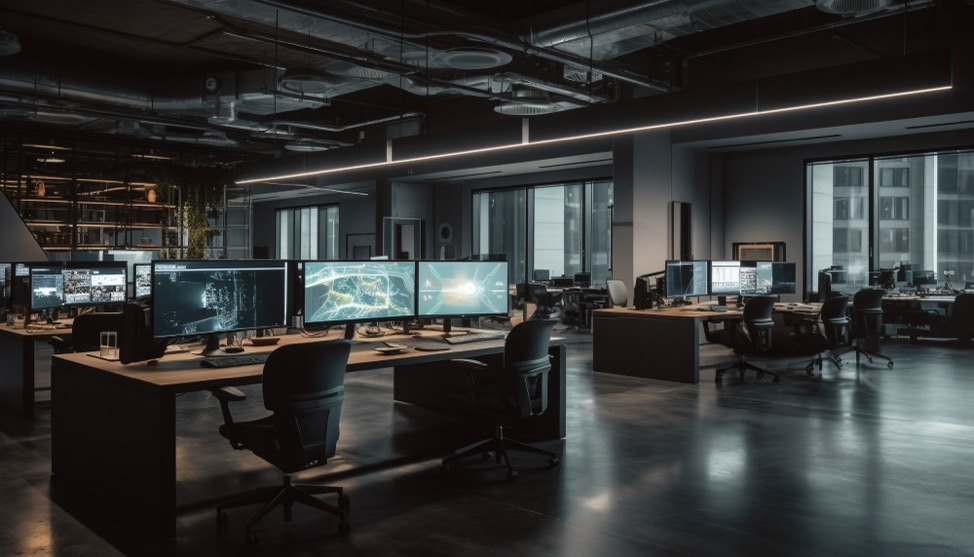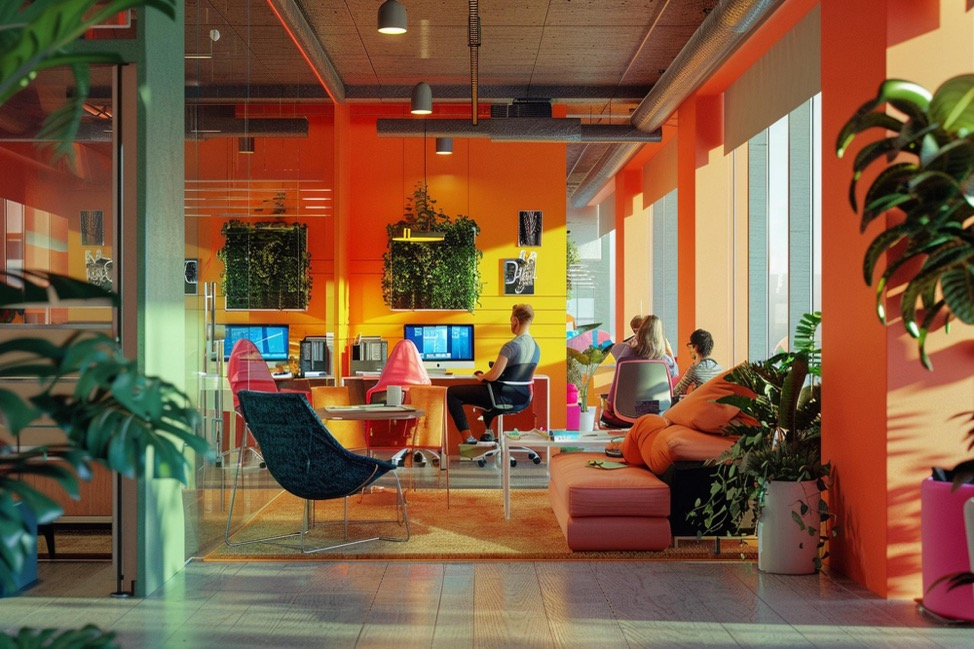Smart Buildings for a Smart World: Tech-Driven Commercial Construction

Smart technologies are transforming industries, and commercial construction is no exception. The integration of Internet of Things (IoT) devices, automated systems, and advanced analytics is redefining how buildings are designed, constructed, and operated. This evolution toward “smart buildings” is not only enhancing functionality and sustainability but also delivering significant cost savings and improved user experiences.
IoT plays a pivotal role in smart commercial construction. IoT devices, such as sensors and connected systems, enable real-time monitoring and control of various building operations. From temperature regulation to lighting systems, these technologies allow seamless automation and optimization. For example, smart HVAC systems use IoT sensors to monitor occupancy and adjust heating or cooling levels accordingly, reducing energy consumption without compromising comfort.
Smart lighting systems further illustrate the benefits of IoT integration. Motion sensors and daylight-harvesting technologies automatically adjust lighting based on room occupancy and natural light levels. This not only saves energy but also contributes to the creation of a more comfortable and productive environment for building occupants.

Automation is another cornerstone of smart commercial construction. Automated building management systems centralize control over electrical, mechanical, and security systems. These systems ensure that critical functions, such as fire alarms, elevators, and access control, operate efficiently and without human intervention.
Moreover, smart security systems are revolutionizing safety protocols in commercial spaces. Features such as facial recognition, AI-powered video analytics, and remote access controls enhance security while reducing the need for on-site personnel.
Smart buildings align perfectly with the global push for sustainability. Technologies such as energy usage analytics, smart water-management systems, and renewable energy integration (e.g., solar panels) make commercial buildings more eco-friendly. By utilizing data-driven insights, building managers can identify inefficiencies and implement corrective measures.
For instance, smart energy meters provide detailed reports on energy consumption patterns, enabling businesses to reduce waste and lower operational costs. Some systems even integrate with smart grids, allowing buildings to optimize energy use based on peak and off-peak pricing.
The potential presented by smart buildings goes beyond automation and energy efficiency. Innovations like augmented reality for design planning, predictive maintenance using AI, and digital twins for real-time building simulations are set to revolutionize the industry further.
As smart technologies continue to evolve, their integration into commercial construction will redefine what it means to build for the future. These advancements are not just making buildings smarter—they are also making them safer, greener, and more adaptable to the needs of the modern world.
For businesses seeking experts in tech-driven commercial construction, Freccia Group Commercial Construction is the partner you can trust. As a leading commercial construction company in Austin, TX, we specialize in creating smart, sustainable, and efficient commercial spaces. Whether you’re looking for experienced office builders, an office general contractor, or experts in office construction, our team delivers tailored solutions to meet your needs.
Learn more about Freccia Group Commercial Construction and call us for a free estimate.